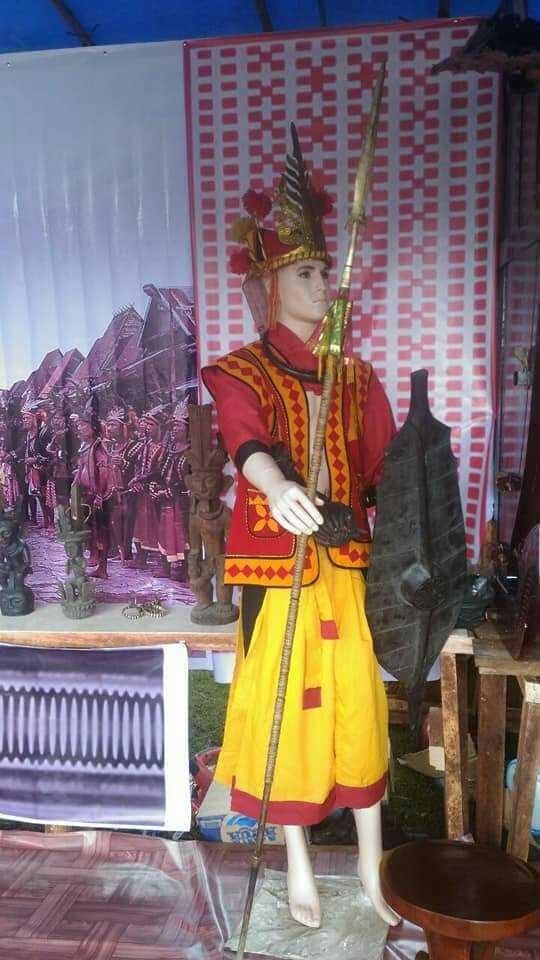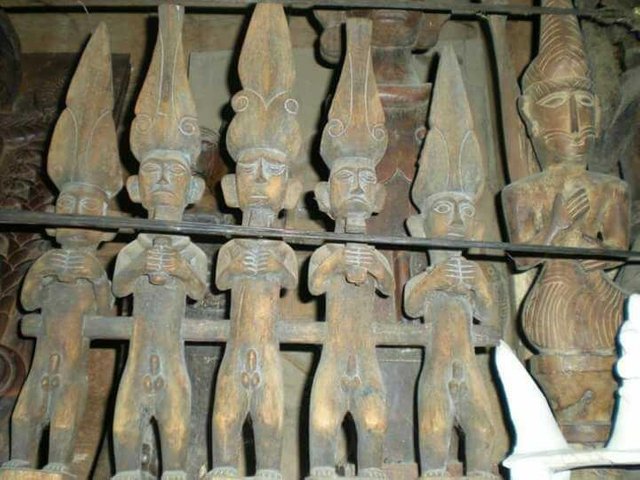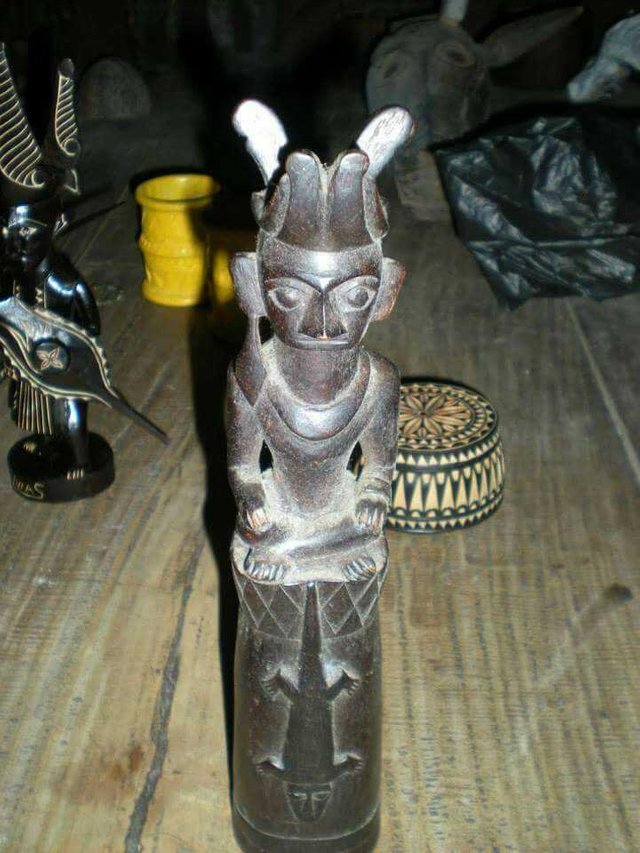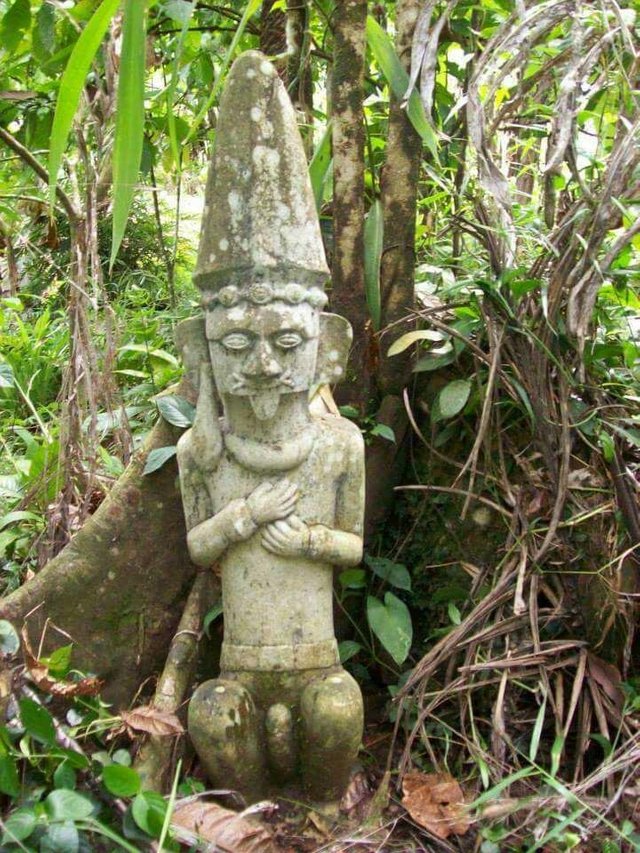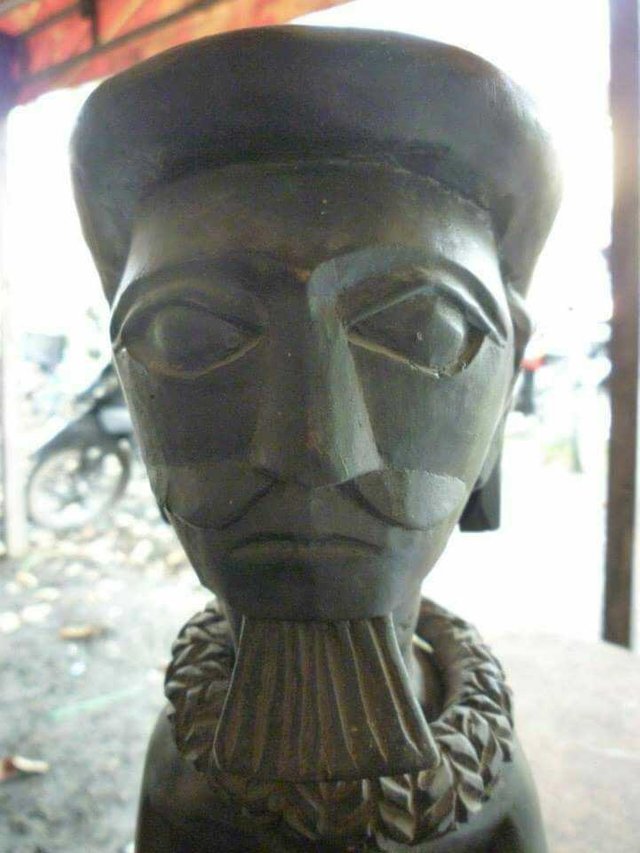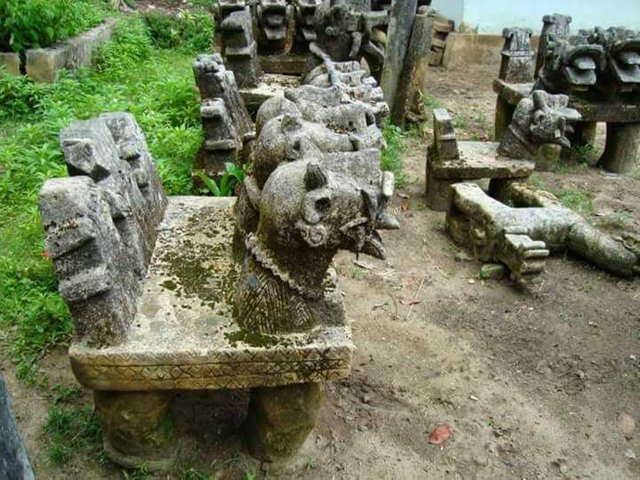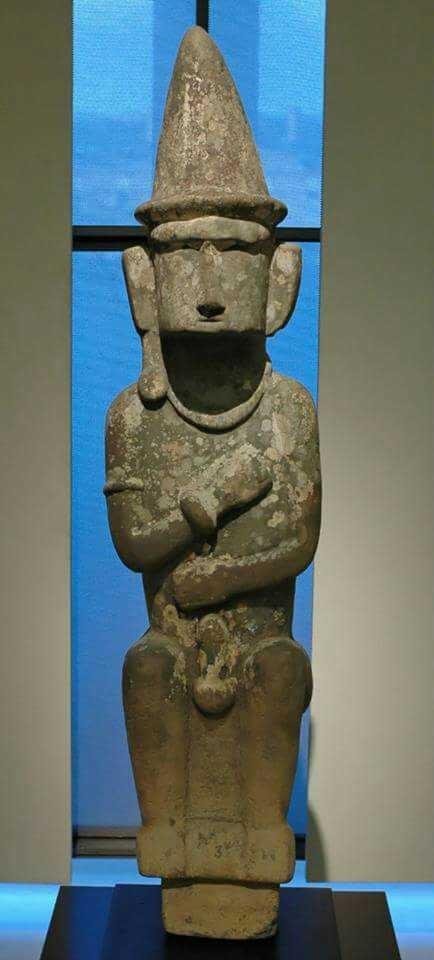Learn More About Tribal Nias Culture
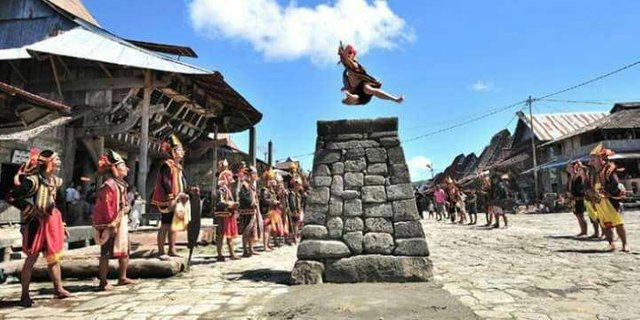
"Ya'ahowu". A warm greeting in Ono Niha culture (Nias) which means "May Be Blessed".
The word or the word "Yaahowu" itself, contains the philosophy, the noble value and the spiritual purpose of living togetherness and peace as a value of civilization that has inspired the pattern of interaction of social life of society.
The Ya'ahowu party or in Nias is known as Owasa Yaahowu, a Nias Cultural Feast (Ono Niha) as well as a long-rooted People's Party. Known and passed down from generation to generation, from generation to generation.
The culture of the tribe of Nias is one of the oldest megalithic tribes in Indonesia. So that the implementation of the Party of Ya'ahowu together by the government and society will always keep the culture to be sustainable.
Apart from being one form of maintaining culture #PesonaPestaYaahowu expected to attract domestic and foreign tourists.
In the event #PesonaPestaYaahowu this, all the arts and culture of Nias tribes scattered throughout the Nias Islands will be displayed. For four days, each district and city in Nias will showcase their cultural diversity and art.
Lots of folk games to be shown, such as Fahombo skip the typical rock of Nias.
Then Rago Ue (sepak takraw from rattan), Fafusi, Fabelugama, and Fabiri (badminton with chicken feathers and wooden rackets).
This year's implementation is very special, because for the first time #PesonaPestaYaahowu was held jointly by four district governments and one municipal government in Nias Islands.
Previously the Ya'ahowu party was run by every region. This year the city of Gunungsitoli was appointed to host based on a decision in the Nias Islands Region Heads Forum.
#PesonaPestaYaahowu aims to introduce how the Nias cultures to Indonesian and world society as well as tourists.
That the people of Nias have a very strong culture with daily life so it is worth to become a tourist attraction.
#PesonaPestaYaahowu opened on Thursday (11/23/2017) morning, with the opening of the exhibition of superior products, souvenirs and Nias culinary variety.
Simultaneously with it the Sculpture Festival was held. Followed by each district and city in Nias Islands. The theme of sculpture will be linked to the history and culture of Nias.
In the afternoon, taking place from Lapangan Merdeka to Taman Ya'ahowu will be held a cultural caravan which will be followed directly by the regional head / deputy head of region using Nias custom clothing.
Each contingent will also feature cultural arts attractions during the parade. Furthermore the new official opening is done after the parade.
Art and cultural attractions will continue on the second day of Friday (24/11). Meanwhile, people's games will be held on Saturday (25/11) at Lapangan Merdeka Gunungsitoli.
There will also be a Traditional Boat Rowing Competition which each boat will be decorated with Sobawalarasa ornamented Nias motif on Sunday.
Further Gunungsitoli Night will be served on Sunday (26/11) in Taman Ya'ahowu as part of the closing ceremony as well as commemorate the anniversary of the 9th Government of Gunungsitoli City.
Gunungsitoli Night is a folk entertainment party. Later there will be one artist from Jakarta will also enliven this event.
Tourism Minister Arief Yahya welcomed the "Ya'ahowu Festival 2017". The festival which was attended by Menkumham Yasonna Laoly and Menkomar Luhut B. Panjaitan in 2016 edition was said to be more and more inhabited Nias.
Especially before Nias was already known by the waves that became the world's favorite surfers. "Nias will be increasingly taken into account in the world tourism map," said Minister Arief Yahya.
Menpar is very optimistic, Nias tourism will grow faster and known to the wider community.
The key to his success because of the head of a compact area with one goal to make Nias as a tourist destination. In a term called Menpar is Commited CEO.
According to Arief Yahya, tourism can not stand alone, there must be a strong synergy in the concept of pentahelix and incorporated. 50 percent of tourism success depends on the CEO of the Commitment.
"If you want to be honest, I will only help the provincial, regency / city governor or regent / mayor who really committed and consistently build tourism," said Arief Yahya.
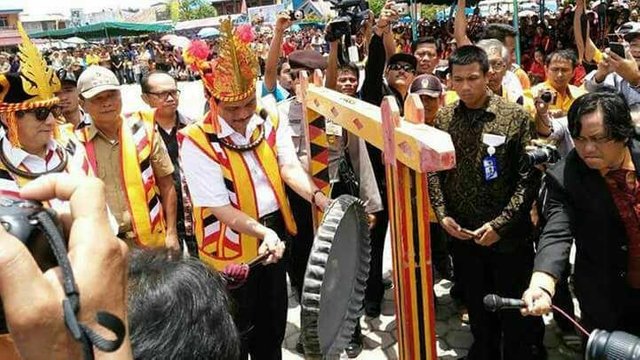
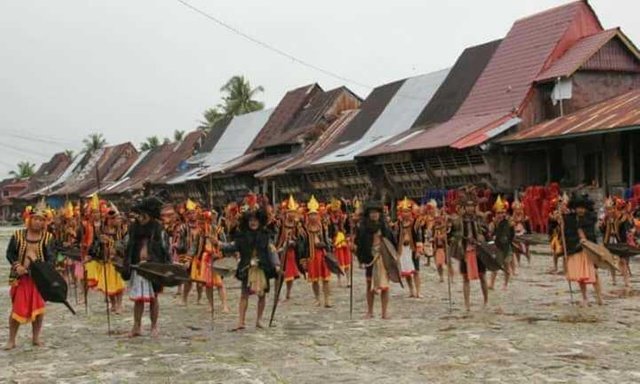
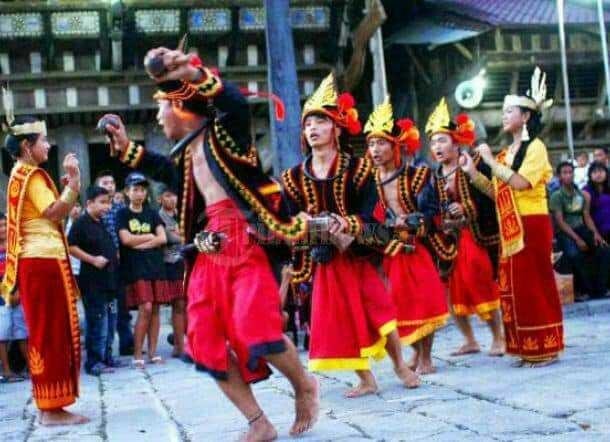
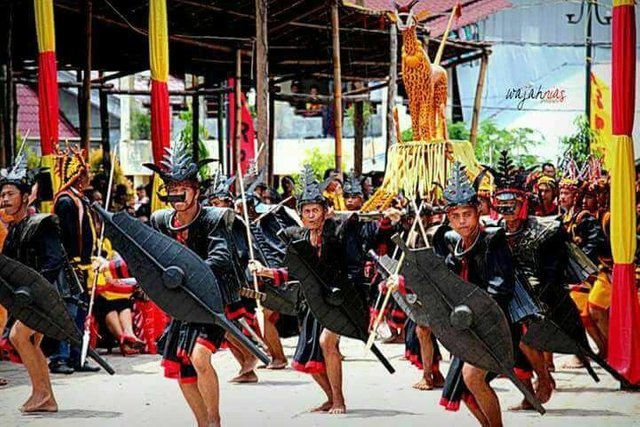
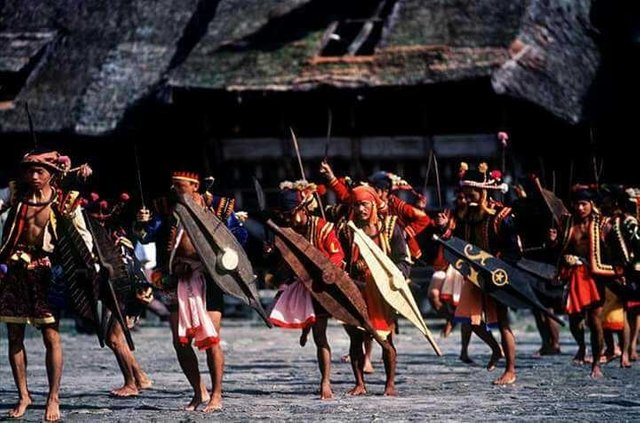
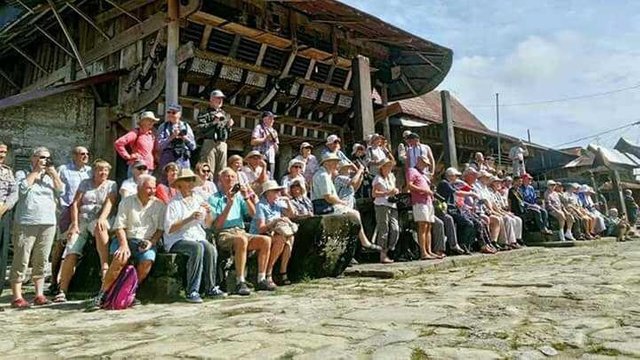
THE ART OF NIAS CULTURAL CULTURE, TRADISONAL AND NOT POSSIBLE NEGATIVE FOREIGN INFLUENCE
Nias Island on the banks of the Indian Ocean face Sibolga beach along with the surrounding small islands (± 130 islands) is one of the districts in North Sumatra Province. It covers 5,625 km2 and has a population of about half a million. The soil consists of lowland and hills with fairly comfortable tropical air (between 17 ° -30 ° C). The lush lands with forests and coconuts waving along the coast contains a captivating natural charm. It is located secluded, but it is still safe from the noise of the roar of the machine, factory smoke and industrial waste. The life of society and its culture has not been mixed up by negative foreign influences. Its original, traditional culture still prevails today. The megalithic tradition of prehistoric times is still coloring everyday life, as well as the art of his sculpture.
Nias sculpture is actually difficult to separate from the art of Batak sculpture, both in terms of history, regional and background of its conception. If we look more closely will look the difference in style and characteristics, because it is appropriate if we examine specifically.
Undoubtedly, Nias sculpture went from prehistoric times especially from megalithic traditions or cultural traditions that left the works in the form of large stones such as menhirs, dolmen and others, which later produced megalith statues. Various relics of megalithic tradition are found in Nias. Indeed Nias in the world of archeology is very famous as a megalith warehouse.
Megaliths are not all from prehistoric times because they continue to live and develop or mentradisi until the historical period. The development is in tune with the development of society, it's just not always in tune with the development of technology. In the period of influence of Islam (since the 17th century) and Christian (19th century) enter where technology is growing rapidly, it is the art of sculpture that backdrop of megalithic conception was backed down. The reason is easy to guess, that the conception of the two major religions is not in tune with megalithic conception. Now the skill of Nias sculpture is practically the remains of the rest, even the memories with pride of the glory of the past alone and the developer instead of Nias artists.
Megalithic heritage with its statues still there are many scattered in the villages Boronadu, Orahili, Bawomataluo, Hilesematano District Gomo, Teluk Dalam and others.
In accordance with the conception of megalithic tradition, Nias sculpture mostly ancestral statues, namely as a vehicle for bersemayamnya ancestral spirits are imported to be honored by certain ways or ceremonies. These ancestral spirits still play an active role in people's lives such as protecting from various disorders, bringing fertility and solving problems. The more important is the spirit of the important people, especially the king (adat chief).
The sculptures whose sculptures tend to be bare by displaying the genital apparatus strikingly in the function of the giver of fertility and at the same time the rejection of evil spirits and nostalgia (strands of beads), in an awe-inspiring attitude of magical power, these features are prominent in the statues Nias. In its development it tends to be perfected by the attributes of the greatness of the king (customary chief) such as the more beautiful clothing (with the secrets still prominent) and the crown or head of the towering.
Between northern and southern Nias there are different styles of sculpture art. In the north in general the statue is carved upright, while in the south generally squatting or sitting with genitals is more prominent. In the north of fashion and jewelry more complete.
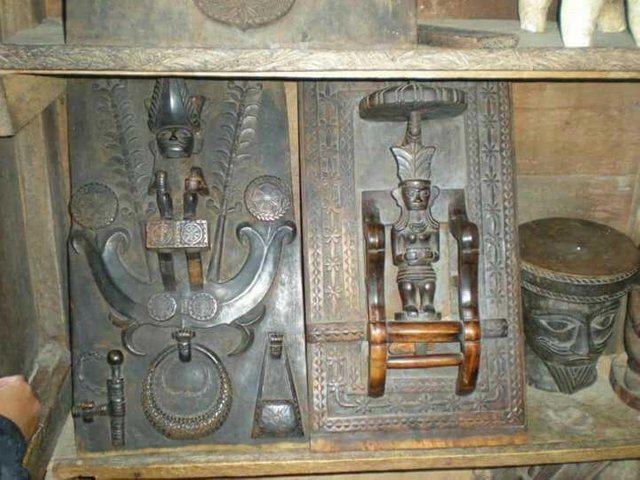
Decorative Variety
The remains of great stone culture for sacred purposes such as ancestor worship and various ceremonies are not merely made from the fulfillment of the main function, but also to fulfill the sense of beauty. This is evident in its composition, shape and decoration. Menhir (ordinary brick or "shoulder" which is usually the most sacred part in a site / arena of megalithic worship) and even then in decorated development. For example, "shoulders" in the village Orahili (District Gomo) topped with "foto gogowaya" (hornbills) as a sacred bird, this bird is decorated with a necklace like that used by the king / traditional chairman. In the village of Bawomataluo (Teluk Dalam District) there is a menhir with two "ball" ornaments on it, apparently the "ball" is the holiest part and which later develops into the "head" of the ancestors.
Other megaliths such as dolmen / table stone, a kind of stone board supported by other stones underneath as the foot is a place to put offerings at the time of the ceremony takes place, then also serves as a "stage" for sacred dances, ornately carved with "osa- osa "or zoomorphis into decorative patterns. The shape of a "lasara" or a giant head as a spirit (god) builder who has very high powers. Lasara motif is also found on the wall of the house as a sign of the greatness of the owner of the house.
Osa-osa in Lahusa Village is three-dimensional with wide mouth, tongue protruding its nose like human, head part apart from the neck by circle that serves as a seat. Osa-osa in the village of Orhili is more unique with three lasara on a rectangular-shaped base, the carving is smooth, the movements are rhythmic, but still function well as a seat. All of this illustrates the skill of Nias artists in sculpting stone statues.
Dolmen in Bawomataluo village is rectangular with many sun-shaped ornament reliefs and plants such as tendrils and humans in a shackled manner. Magai or tendrils are meant to symbolize fraternity and growth.
The position of sculpture
Nias statues rarely stand alone in the open air as do the Batak statues. The statues are generally the integral parts of a complex consisting of a traditional house, a yard with a megalithic group. Large sculptures are generally placed outside, while small ones inside the house. Houses, including poles and walls are decorated with many motifs. Animal motif of so many lizards in the Batak area, only a little in Nias, and even then very likely due to the influence of art Batak. Statues exist that serve as a pillar pole (pole tarunake) custom homes or decorations as well.
Problems
From the brief description above we find the fact that talent or sculpture art potential in this area is very strong. Artists with simple tools have been able to produce amazing works of the art world thanks to talents, tastes and art skills inherited from generation to generation. The development of sculpture seemed to be stalled, because the artist changed more profession while many non-Nias artists worked on this art. The reason is probably because the development or change of the value system in a society whose religion (Islam and Christian) is stronger does not support or motivate this creativity. From the point of art or culture in general, this is very in pity. Moreover, on the other hand this artwork is in demand by people, especially by tourists as ornamental objects.
Thus, before the talents are faded and then destroyed it would be good for the various parties to build and give other motivations to the artists that resurrect, thus we do not lose the cultural treasures that are unique and rare that even bring the welfare of society culturally and socially economically.
